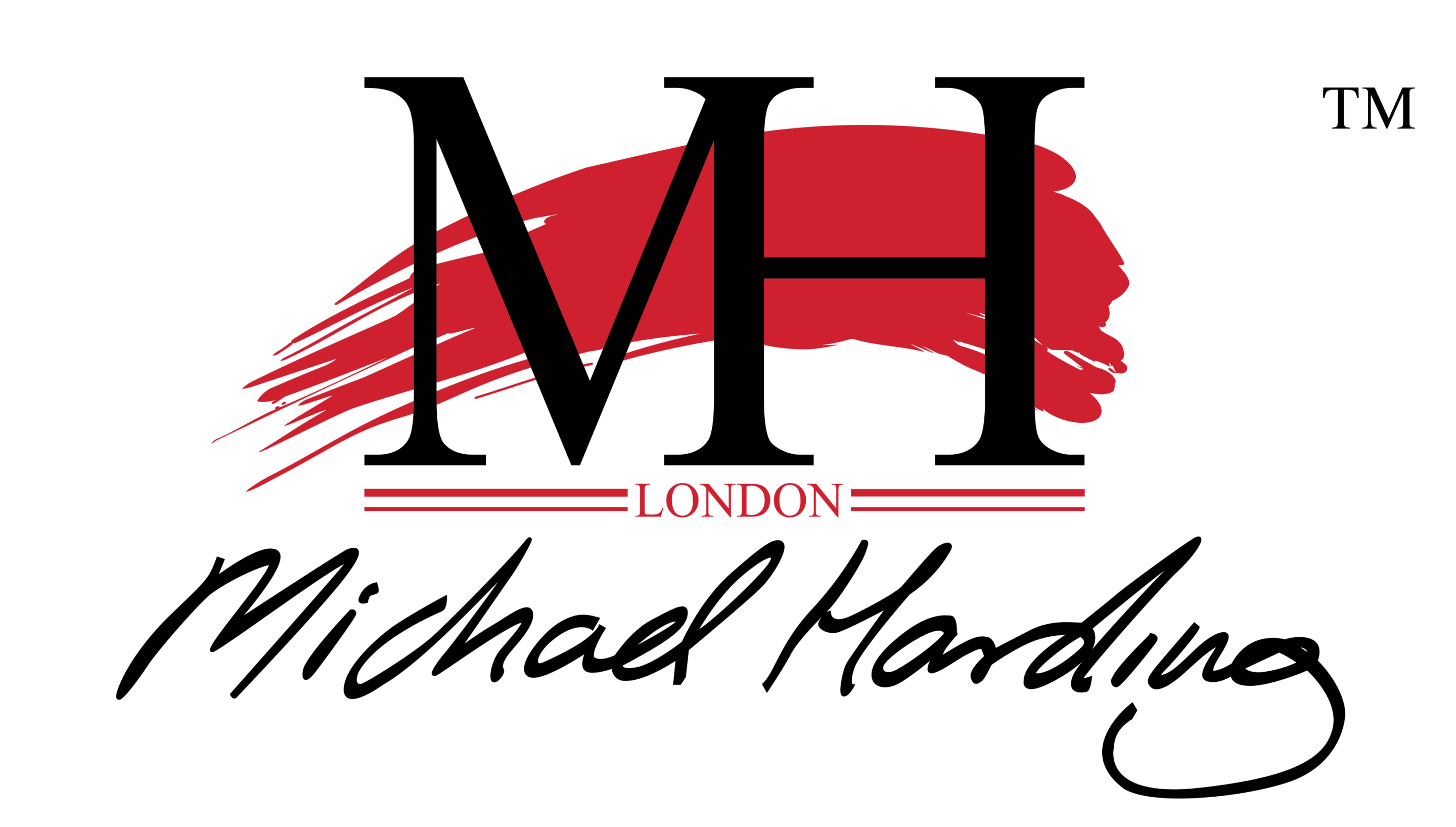PM2 – For Oil Paint
Dammar Glaze Medium
Ⓥ VEGAN
PM2 is a traditional glaze medium that includes a small portion of cobalt free drier to aid drying. Designed to create gloss and depth within your oil paint layers, this glaze is made by dissolving dammar crystals in the finest Portuguese maritime turpentine and combining it with stand oil.
Dammar Glaze Medium is known for its speedy drying time of oil colours. Use it with slower-drying colours. Recommendation: Add 10-20% to neat oil colour as required.
Ingredients:
This product has been reformulated to no longer contain cobalt siccative.
Dammar resin, linseed stand oil, double rectified turpentine, and Cobalt free drier 2%
Available in 100ml, 250ml, and 1 litre
Health and Safety
Danger: Flammable. Causes eye and skin irritation.
Conforms to ASTMD-4236
Contains Turpentine – VAPOUR HARMFUL! KEEP OUT OF REACH OF CHILDREN!
Inhalation of vapours may affect the brain, nervous system or respiratory system, causing dizziness, headache, nausea or respiratory irritation. Keep away from heat and flame. Vapours may cause flash fire. Use only with adequate ventilation. Use NIOSH approved properly fitted respirator. Do not eat, drink or smoke when using. Avoid skin and eye contact. Wash thoroughly after handling. Pregnant women should avoid exposure. If swallowed, do not induce vomiting.
Call physician immediately. Poison Control Centre 1-800-222-1222
Detailed Instructions
Materials Needed:
- Oil paints
- Brushes
- Palette
- Michael Harding PM2 Dammar Glaze Medium
- Canvas or painting surface
Step-by-Step Guide:
- Prepare Your Palette:
- Squeeze out the oil paints you plan to use onto your palette.
- Shake PM1 Bottle and Add the Medium:
- Pour a small amount of Michael Harding PM2 Dammar Glaze Medium into a separate container or onto a clean area of your palette.
- Mix the Medium with Paint:
- Dip your brush into the Dammar Glaze Medium and then mix it with your oil paint on the palette. Adjust the ratio of medium to paint to achieve the desired level of transparency. More medium will create a more transparent glaze.
- Apply the Glaze:
- Apply the mixture to your canvas using a brush. Use long, smooth strokes to spread the glaze evenly over the surface. The medium will enhance the flow and gloss of the paint, allowing for smooth and even application.
- Layering Glazes:
- Glazes are typically applied in thin, transparent layers to build up depth and luminosity. Allow each layer to dry before applying the next one. This will help achieve a rich, glowing effect as light passes through the multiple layers of glaze.
- Drying Time:
- The Dammar Glaze Medium will speed up the drying time of your oil paint compared to using paint alone. This allows for quicker layering and glazing, but keep in mind that it still retains some flexibility for blending and working wet-on-wet.
- Clean Up:
- Clean your brushes with a suitable solvent for oil paints, such as MH Miracle Medium or turpentine, followed by soap and water.
Tips for Best Results:
- Experiment with Ratios: Start with a small amount of medium and adjust the ratio to find the right balance for your desired transparency and gloss.
- Layer Carefully: Allow each glaze layer to dry thoroughly before applying the next to avoid muddling colors and to build up a luminous effect.
- Thin Layers: Apply glazes in thin layers to maintain control over the transparency and to build depth gradually.
- Brush Choice: Use soft brushes for smooth, even application of glazes.
- Enhance Color: Use glazes to modify and enrich the colors beneath, adding depth and complexity to your painting.
Example Usage:
- Initial Layer:
- Start with a base layer of oil paint, allowing it to dry completely before applying the glaze. This base layer can be a simple underpainting that establishes the general composition and values of your work.
- Mixing the Glaze:
- On your palette, mix a small amount of your chosen oil color with the Dammar Glaze Medium. Aim for a consistency that is fluid but not overly runny.
- Applying the Glaze:
- Using a soft brush, apply the glaze mixture over the dry base layer. Work in thin, even strokes to ensure a uniform application. You can adjust the intensity of the glaze by varying the amount of medium and paint in your mixture.
- Building Depth:
- Allow the glaze to dry completely before applying additional layers. Each successive glaze will add depth and richness to the underlying colors. This method can be particularly effective for creating realistic skin tones, atmospheric effects, and luminous backgrounds.
- Final Touches:
- Once you have built up the desired depth and complexity with your glazes, you can add final details and highlights with more opaque paint if necessary. This combination of transparent glazes and opaque highlights can create a striking contrast and enhance the overall impact of your painting.
Using Michael Harding PM2 Dammar Glaze Medium can significantly enhance the visual quality of your oil paintings, providing a glossy finish and enriching the depth of colors through glazing techniques.
Ingredients
This product has been reformulated to no longer contain cobalt siccative.
Dammar resin, linseed stand oil, double rectified turpentine, and Cobalt free drier 2%
Available in 100ml, 250ml, and 1 litre
Storage

Danger: Flammable. Causes eye and skin irritation.
Conforms to ASTMD-4236
Contains Turpentine – VAPOUR HARMFUL! KEEP OUT OF REACH OF CHILDREN!
Inhalation of vapours may affect the brain, nervous system or respiratory system, causing dizziness, headache, nausea or respiratory irritation. Keep away from heat and flame. Vapours may cause flash fire. Use only with adequate ventilation. Use NIOSH approved properly fitted respirator. Do not eat, drink or smoke when using. Avoid skin and eye contact. Wash thoroughly after handling. Pregnant women should avoid exposure.
If swallowed, do not induce vomiting. Call physician immediately:
Poison Control Centre 1-800-222-1222

Reviews